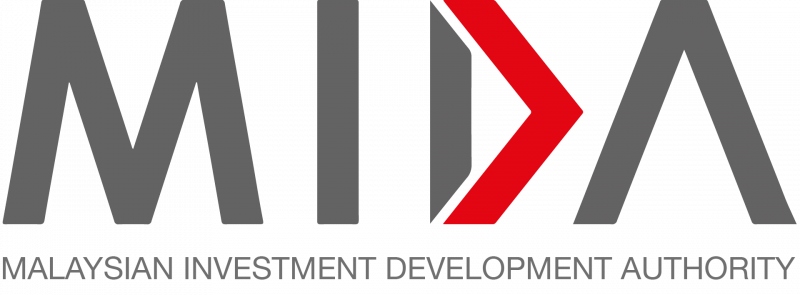Malaysia is positively aligning with the global trend towards digitalisation, which is driving demand for data centres, cloud computing, blockchain and artificial intelligence (AI).
With this shift, Malaysia is focusing on these technologies to strengthen its leading position in the region.
Furthermore, the country is already a leading player in Asean’s data centre industry, supported by a robust ecosystem that fosters growth and investment.
Tenaga Nasional Bhd (TNB) president and CEO Datuk Megat Jalaluddin Megat Hassan said Malaysia’s current infrastructure is well-equipped to meet the power needs of data centres, ensuring stable operations.
“The global demand for AI, e-commerce, the Internet of Things, and cloud computing is driving the growth of data centres. This trend is a key focus for many countries, including Malaysia.
“While demand is expected to rise, the existing power capacity remains sufficient. It will take a few years before data centre power requirements reach their peak, allowing time for further expansion and optimisation,” he told delegates at the Siemens Data Centre Conference today.
Megat Jalaluddin said TNB prioritises power generation, focusing strongly on reserve operations and reserve generation to ensure a stable supply. It has sufficient capacity margins to support the growing power demands of new data centres, reinforcing Malaysia’s position as a key player in the digital economy.
“TNB is also expanding its power generation through renewable energy sources in line with global sustainability efforts. This shift aligns with Malaysia’s commitment to reducing carbon emissions while maintaining a reliable electricity supply for critical industries like data centres.
“Furthermore, TNB is exploring solar energy as a key solution to meet the power needs of data centres. By integrating solar power into its energy mix, the company aims to enhance sustainability while ensuring long-term energy security for the sector,” he added.
Megat Jalaluddin said Malaysia is well-positioned to provide a strong ecosystem for data centres, supported by policies that encourage investment and this is evident from the growing presence of major global players choosing Malaysia as a hub for their data centre operations.
Digital Minister Gobind Singh, who delivered a keynote address at the conference, said the government aims to build Malaysia into a leading data hub.
“We understand that data centres will greatly impact how we decide. We want to shape our digital economy moving ahead. Technology is key to future success, and we must build the right structures to support sustainable growth. This includes infrastructure and strong governance to ensure long-term progress.”
Gobind said the Digital Ministry plays a crucial role in developing the necessary infrastructure to build a sustainable technology ecosystem.
“When it comes to data centres, it is essential to follow established guidelines, including the recently approved Data Centre Planning Guidelines by the Cabinet,” he added.
In addition to ongoing efforts, he said, guidelines on power usage effectiveness and water usage effectiveness are being developed to set minimum sustainability standards for future data centres.
Expected to be implemented in 2025, these guidelines are created under the guidance of Sirim Bhd to ensure facilities meet local demands, address future challenges and align with global standards for managing high power and water consumption.
“I have been informed that around 17 new data centres are expected to come online in Selangor, a figure that highlights the region’s rapid growth. This expansion will drive significant demand for water and energy, making strategic planning and industry collaboration essential to ensuring sustainable infrastructure.
“As we move forward, we must consider this opportunity from multiple perspectives to support long-term development,” Gobind said.
Malaysia Digital Economy Corporation CEO Anuar Fariz reaffirmed the agency’s commitment to positioning Malaysia as a leading data centre hub.
“We offer strong incentives, business-friendly policies and access to more affordable energy. Data centres play a crucial role in data control and innovation, and with the AI boom driving demand, we must position ourselves to attract investment and maximise the benefits for Malaysia,” he said.
Anuar said Prime Minister Datuk Seri Anwar Ibrahim has raised concerns about data centre investments, particularly whether the return on investment justifies the number of jobs created.
“While Malaysia is prepared for this growth, it is crucial to establish clear safeguards to ensure sustainable development. This includes protecting the environment and facilitating the transition from a manufacturing-based economy to one that offers high-quality, high-paying jobs,” he added.
Source: The Sun
Malaysia well-equipped to meet power needs of data centres, says TNB president/CEO
Content Type:
Duration:


